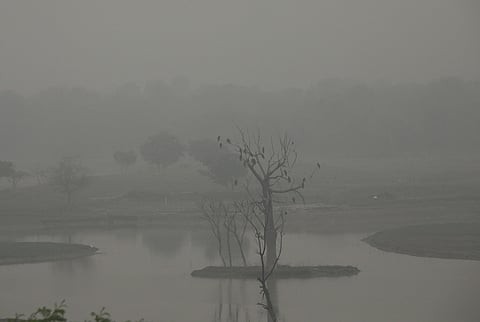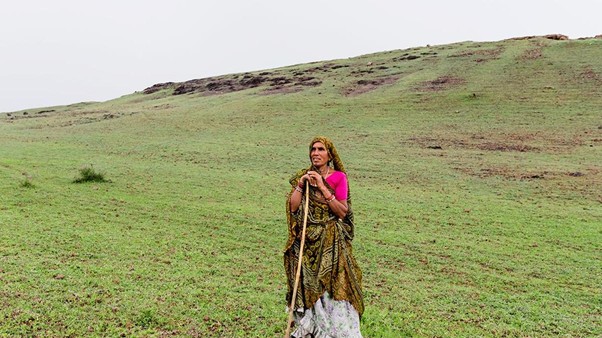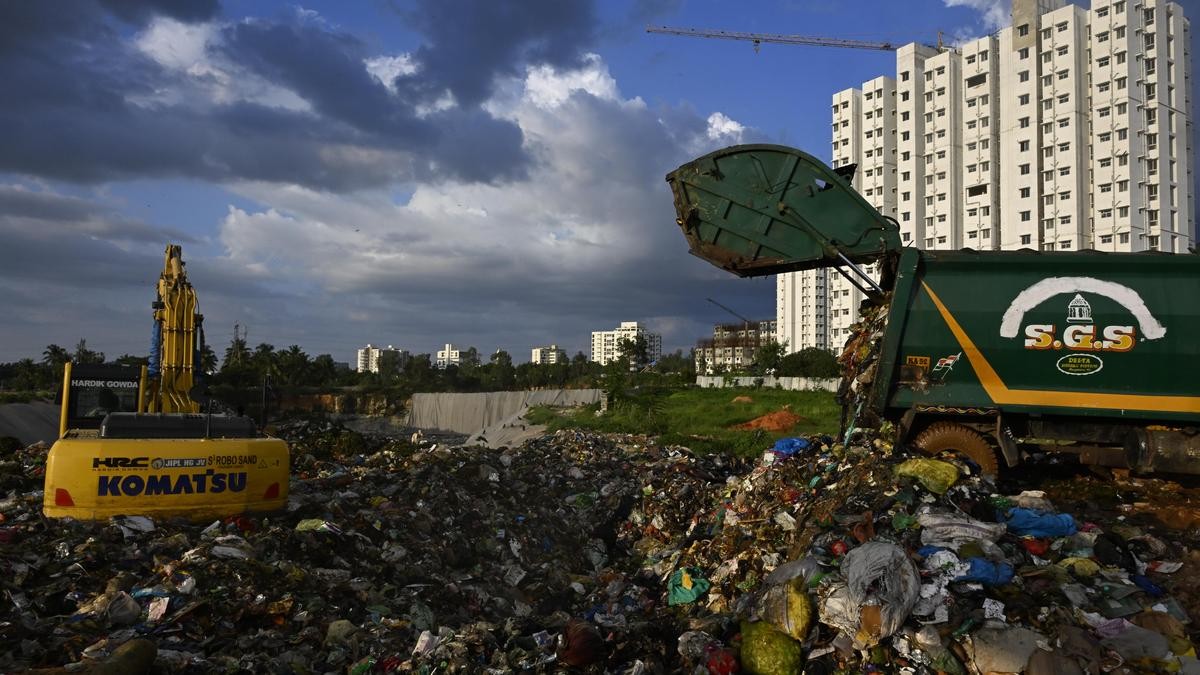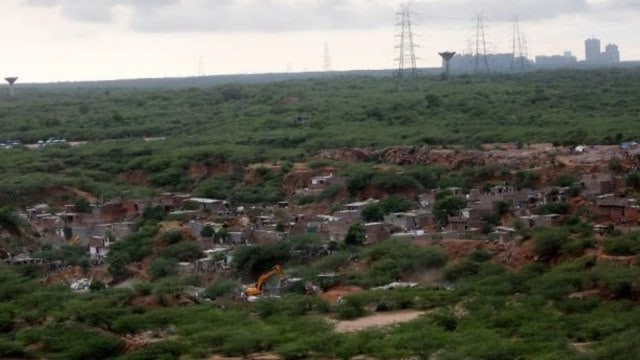




Disclaimer: Copyright infringement not intended.
Recently, the discovery of crocodile catfish in Guwahati's Bahini river has raised concerns about ecological disruptions. This invasive species preys on small fish & larvae & threatens local fish populations.
|
Common Names |
Asian Giant River Catfish, Crocodile Goonch Catfish, Giant Devil Catfish. |
|
|
Family |
The Crocodile Catfish comes from this Sisoridae family, which includes other catfish species. |
|
|
Scientific Name |
Bagarius suchus |
|
|
Size |
Length: it can grow up to 1.5 meters in length. |
|
|
Weight: it can weigh over 50 kilograms & this makes it one of the largest freshwater catfish species in Asia. |
||
|
Distribution |
It is native to freshwater habitats in South & Southeast Asia. |
|
|
It is found in countries such as India, Nepal, Bangladesh, Myanmar & Thailand. |
||
|
Conservation Status |
IUCN Red List: it is classified as "Near Threatened." |
|
|
Habitat |
It usually inhabits large rivers & deep pools with slow to moderate currents. |
|
|
Appearance |
It is typically dark brown or black with irregular spots on the body. |
|
|
Behavior |
It is a carnivorous predator & it primarily preys on other fish & aquatic organisms. |
|
|
It is known for its voracious appetite. This means it is capable of consuming prey larger than its own size. |
||
Source: Northeasttoday
|
PRACTICE QUESTION Q. With reference to the Crocodile Catfish and the Bahini River, consider the following statements:
Which of the statements given above is/are correct? Answer: (a) 1 and 2 only Explanation: ● Statement 1 is correct: The Crocodile Catfish is native to freshwater habitats in South and Southeast Asia, including countries like India, Nepal, Bangladesh, Myanmar, & Thailand. ● Statement 2 is correct: The Crocodile Catfish preys on small fish and larvae, pose a threat to local fish populations by disrupting the ecosystem. ● Statement 3 is incorrect: The Bahini River is highly polluted due to city sewage and commercial waste, not known for pristine waters. ● Statement 4 is incorrect: The Crocodile Catfish is classified as "Near Threatened" on the IUCN Red List, not "Endangered." |







© 2025 iasgyan. All right reserved